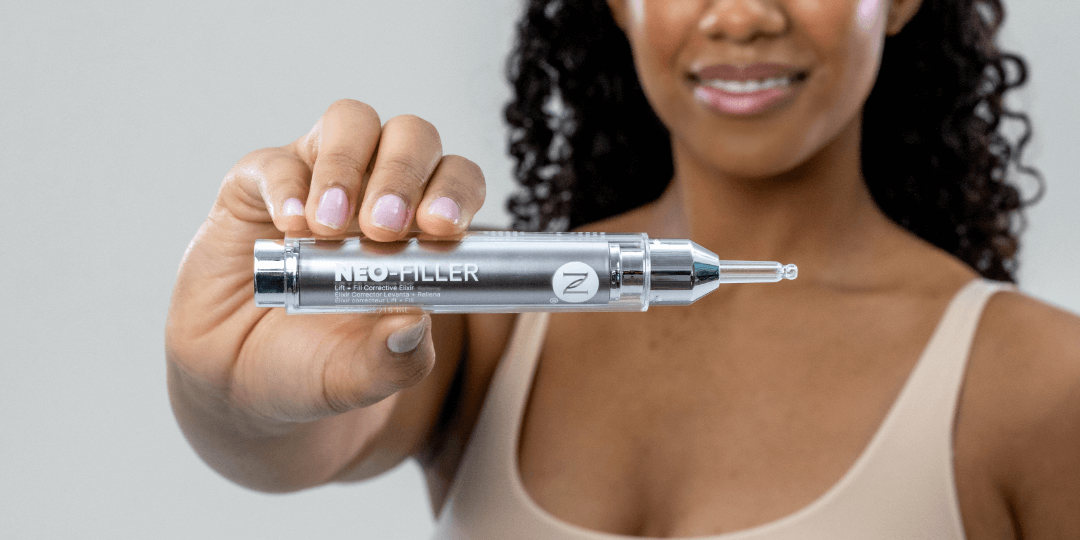Why Injectable Fillers Might Not Be the Beauty Fix You Think

In today’s beauty culture, injectable fillers are often marketed as a quick fix—plump your lips, smooth your lines, lift your cheeks, all in a matter of minutes. While the immediate results can be tempting, fillers aren’t a one-size-fits-all solution, and they come with potential downsides that are important to understand before scheduling that appointment.
Let’s take a deeper look at the risks, realities, and long-term considerations of using injectable fillers.
1. They’re Not as “Low Maintenance” as Advertised
Injectable fillers are often described as semi-permanent, but maintaining the look requires regular touch-ups—typically every 6 to 18 months depending on the type used. Over time, this can add up not only in cost but also in the strain it puts on your skin’s natural structure.
2. There’s a Risk of Overuse or “Filler Fatigue”
It’s easy to fall into a cycle of always chasing a slightly fuller or smoother look. When used repeatedly or in excess, fillers can stretch the skin and distort facial proportions. What starts as subtle enhancement can sometimes end up creating an unnatural appearance over time—a phenomenon some professionals call filler fatigue.
3. Possible Side Effects and Complications

Though generally considered safe when performed by qualified providers, fillers do carry potential side effects. Common issues include bruising, swelling, and lumps. More serious complications, such as vascular occlusion (when filler blocks a blood vessel), can cause skin damage or even blindness in rare cases. And let’s not forget allergic reactions or infections.
4. They Don’t Actually Address the Root Cause of Aging
Fillers can mask signs of aging, but they don’t improve skin health or elasticity. In fact, repeated use might prevent people from exploring more sustainable, skin-supportive options like biostimulators, collagen-boosting treatments, or high-performance skincare that help the skin regenerate and age better.
5. Dissolving Them Isn’t Always Easy
Yes, most hyaluronic acid-based fillers can be dissolved with an enzyme called hyaluronidase. But dissolving isn’t always simple or predictable. It can lead to unevenness, and in some cases, the filler may be harder to break down if it’s migrated or been injected deeply.
6. Shifting Standards of Beauty
There’s a growing trend toward more natural, authentic beauty. Overfilled features are starting to fall out of favor, and many people are opting for more subtle, skin-enhancing approaches. If your goal is to look refreshed rather than “done,” fillers might not be the only—or best—path to get there.
Choose Enhancement That Works with Your Skin, Not Against It
Injectable fillers certainly have their place in aesthetic medicine, and when done conservatively by skilled professionals, they can yield beautiful results. But they’re not without risk or long-term considerations. If you’re thinking about enhancing your appearance, take time to explore all your options—especially those that focus on skin health and regeneration instead of just surface correction.
Fill, Lift & Contour Skin, No Needles Required

If you are looking for results through a clean, more natural route than injectables, Neora’s new Neo-FILLER Lift + Fill Corrective Elixir might just be for you. Deemed “the most complete serum on the market” by 100% of users in independent trials, Neo-FILLER is a breakthrough in skincare science and the first of its kind pro-grade, non-surgical treatment that lifts, fills and plumps skin right at home—minus costly and painful injectable procedures and leaving users looking fabulous, never frozen. It starts working in just two hours, targeting forehead lines, crow’s feet, under-eye bags, jowls, frown lines and more, with visible results that continue to build with use.
In independent trials after 12 weeks:
- Participants agreed that Neo-Filler is the most complete serum on the market
- 100% of participants saw visible results
Whatever route you take, remember that beauty should never come at the cost of your well-being.
No Comments